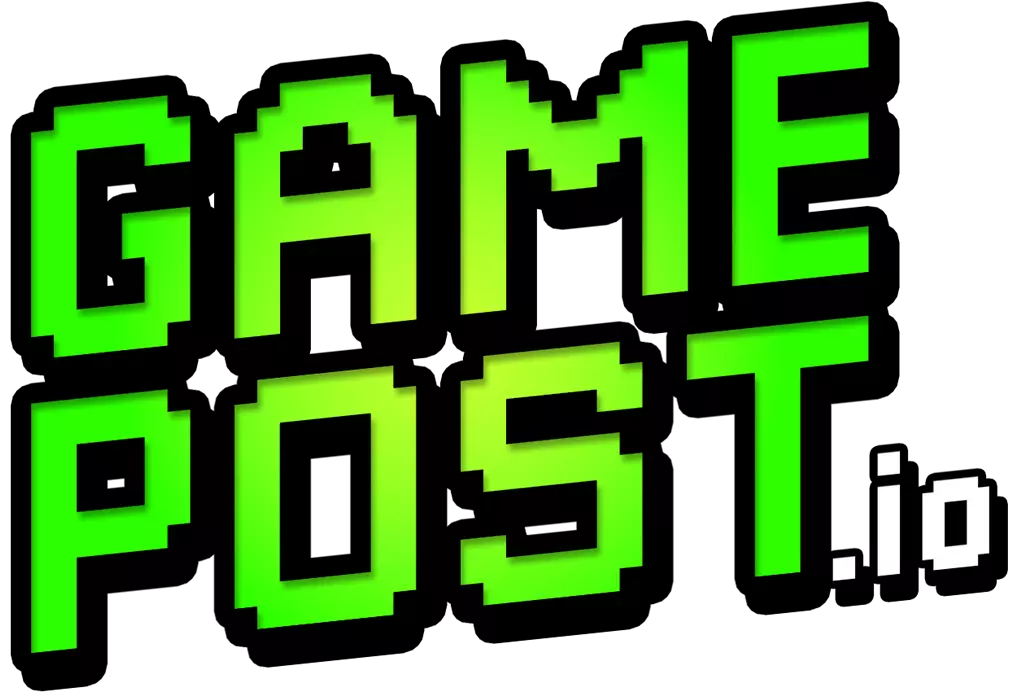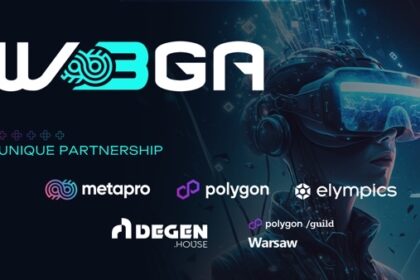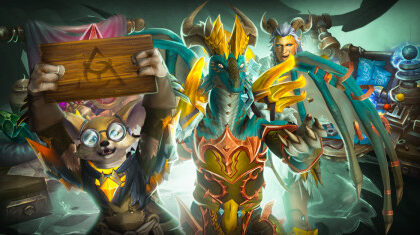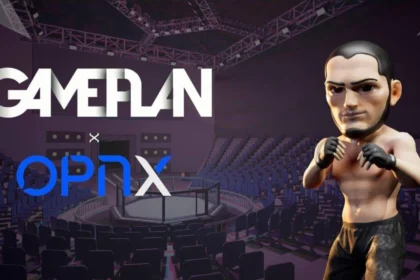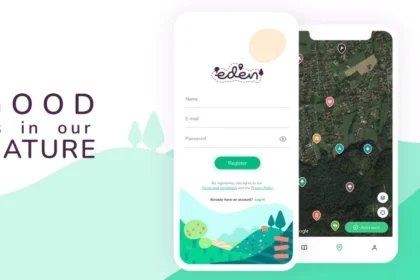Since the Magnavox Odyssey’s release in 1972, the gaming industry has advanced significantly. We have moved forward through Web1, Web2, and are now entering the next phase of the internet with Web3. As the internet evolves, so does gaming.
Blockchain technology has completely transformed the gaming market by offering users full ownership of games, something that was previously absent from web2-based gaming. As technology gains acceptance beyond the world of finance, we have seen many Web3 publishers and games receive the go-ahead from venture capitalists and investors, including Fenix Games and Dogami.
The Play to Earn model, which rewards players with tokens or, in some cases, NFTs that can be exchanged for real money on the open market, has been a hallmark of the majority of Web 3 games during the past few years. While this has helped those in less fortunate situations earn a living in various ways, most P2E games’ tokenomics implementation has been subpar, creating an unsustainable growth model and exponentially depreciating the tokens gained.
The goal of playing and the experience of playing the game are significantly altered when a financial incentive is included, pushing everything away from the primary goal of gaming—fun!
Play to Own: What is it?
Another web3 gaming concept that is considerably more in line with the goals of Web2 games is Play to Own, or P2O for short. Play to Own games encourage players to keep their in-game possessions by utilizing a variety of game mechanisms that offer possessions distinctive and dynamic characteristics that are dependent on the player’s activities. These games place an emphasis on longevity and enjoyment. The ultimate effect is that every player’s experience is completely unique from every other player’s, adding genuine value to the time and effort put forth.
This is a feature that web2 games lack since, even though you can acquire stuff and level up characters, you do not actually own them as a player and they can be taken away from you as soon as you log in.
We can get closer to the ideal gaming experience by developing a gaming ecosystem where gamers can protect and own unique experiences.
The play-to-own approach essentially makes use of Web3 technology in a way that keeps all the benefits of Web3 gaming while putting the emphasis back on having fun.
What is superior? Choosing to Own vs. Choosing to Earn?
In the realm of gaming, each model has its place and ultimately serves a particular function. Play to Own is the game that most closely mimics Web2 games in terms of gameplay and purpose for ardent gamers. The game allows players to play just for fun, and the things aren’t simply there to be bought and sold; they also serve to enhance the experience over time. This approach will likely take the lead in bringing the largest titles to Web3.
While the Play to Earn experience is not traditional gaming, there is no denying its wider economic impact. It has enabled others who are less fortunate to make a living doing what they really love, which is unusual in the game of life. Something like that cannot be criticized because it adds greater value to society than just a few dollars it earns. Everyone should have access to games and entertainment, and if it can benefit them financially, who is to say it is wrong? Play to Earn has a place in the market, but it shouldn’t necessarily be discussed alongside the prospects for blockchain gaming as a whole.
The Play to Own model differs from other models in that it is sustainable, and durability must be a key component for web3 games to compete with the top web2 titles or to attract them to the platform.
Play to Own game examples
Being the first Web3 grand strategy game, BLOCKLORDS is steadily advancing the Play to Own model. The game, which was created by MetaKing Studios, is a medieval strategy game in which players can pick their course and write their own narrative. You can choose whether you want to rule the land as a lord or a farmer. The NFTs in the games have distinctive characteristics that grow over the game, giving each player a customized experience. With the support of big-game investors, BLOCKLORDS is definitely one to watch!
Upland is more than just a city-building metaverse where users may buy, sell, and exchange real estate. In order to blur the lines between the virtual and real worlds, players collaborate to develop cities, communities, cultures, and economies. The game has gained a lot of popularity in recent years and was chosen by FIFA as its metaverse partner for the 2022 World Cup.
A feudalistic cyberpunk society serves as the setting for yet another brand-new MMO strategy game. Gamers select their group, accomplish tasks, and construct armor and weapons using resources. Join a guild or faculty and build alliances to explore the complexity of the social and economic strategy side of RoT. RoT is more than just finishing a few side objectives. Further information on their utility pass, which grants access to the ecosystem and other things, was just made public.
The Play to Own Industry in 2023 and Beyond
A lot of game genres, including MMORPGs, adventure games, and more, seem to be ideal fits for the Play to Own model because it places a strong emphasis on longevity and the whole gaming experience.
To enable a smooth transition into the Web3 domain as it expands, we must make sure that consumers’ experiences are as similar to Web2 as possible. The same is true with gaming. A sense of familiarity must be created in order to integrate Web2 players into the Web3 gaming ecosystem, and this is where Play-to-Own will take center stage.
Play to Own is a gaming platform that focuses on having fun while utilizing blockchain technology to develop experiences that players can own for themselves.
Currently, it is difficult to completely own your experience because centralized authority controls fun and can dim the lights with the push of a button. Web3 gaming that makes use of the Play to Own paradigm ends the tyranny and gives the players control, producing an experience unlike any other.
